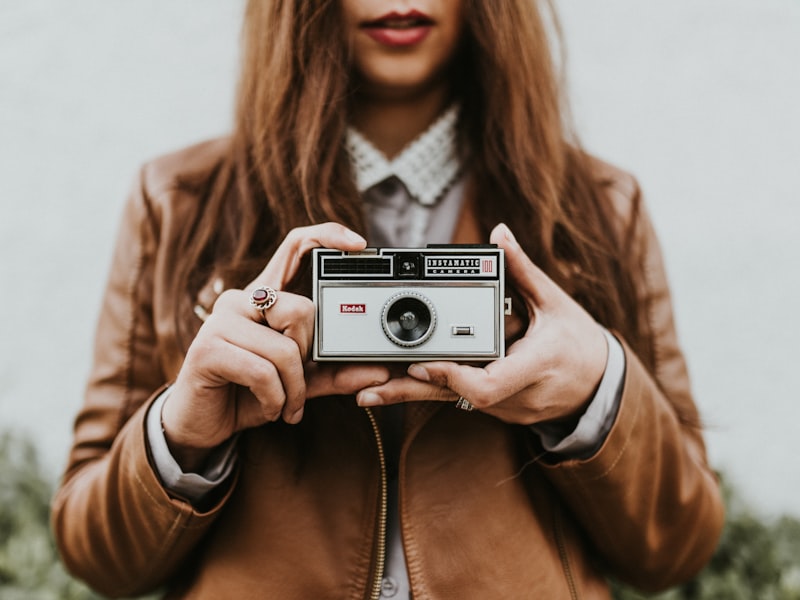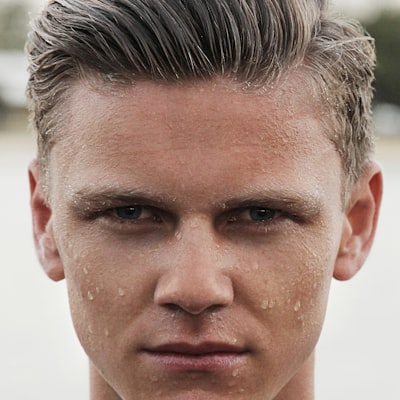Massage therapy's history dates to 3000 BCE (earlier) to 3000 CE (or even more) in India in India, where it was once thought of as an ancient medical method of healing pure. Used primarily by Hindus in Ayurveda medical practices massage therapy has been p

Massage originates in ancient Greece in the time of Hippocrates, the founder of medicine, began to study the healing properties of rubbing up the tissues of the body. He noticed the similarity between the human skin and that of sheep on the mountain. He realized that rubbing the body could relieve tension in muscles and increase circulation, which would improve overall health and well being. Hippocrates was the first to discover modern techniques for massage in the Hellenistic period. Therefore, it could be said that massage was first introduced to the western world by Hippocrates, who in turn was likely inspired by Indian techniques.
Over time, massage techniques have evolved from one tradition to another. Certain, such as the Chinese massage, are totally different. The primary intention was to encourage healing and ease pain. Since this type of massage became popular throughout Europe and Asia, it became known as shiatsu in Japan, much suvarna in India (also known as Indian Head Massage), talmyasa in China (also known as Chinese Tantra Massage) and Ludwig in Germany and Scandinavia. Modern day Chinese massage is called Chinese Acupuncture Massage.
Today, many eastern and western countries have adopted the art and many ancient traditions associated with it. There are many styles of this type of massage. However, they all share an holistic approach to healing. This means that the treatment is not only focused on reducing pain , but also on promoting healing in the body. Certain Chinese massages also include herbs, acupuncture, and meditation. They are believed to work together to improve overall well-being and health. In addition, the art originates from the Asian people, who have been treating muscles and joints for centuries, which is why it is thought to be extremely solid and effective.
One of the most important branches of modern-day massage therapy is reflexology, which is a form of massage that was developed in China. Reflexology relies on applying pressure on specific parts of the feet, hands, and soles of feet to ease aches and discomforts. It was thought to be extremely effective when it was first practiced by the ancient Egyptians however, the techniques of today differ. Reflexology can be combined with any of the basic massage therapies, or it can be used on its own. It was initially utilized to treat foot ailments such as leg pains or pains. It is now a part of Chinese Acupuncture Massage.
The old Egyptian massage techniques were similar to the techniques used by the Egyptians. using your hands to rub, massage, and press using your hands, or the palms of your fingers and hands to apply pressure. They would also use massage oils to provide the essential lubrication and nourishment. They also used massage cushions that were worn underneath or wrapped around thighs and buttocks to add friction.
Gliding strokes and Effleurage are two of the most important techniques used in the traditional Chinese massage. Effleurage is a type of stroke that loosens and warms muscles. Gliding strokes are utilized to increase circulation and reduce soreness. Gliding strokes are also referred to as ping-pong strokes and are used to stretch muscles. Both the gliding and effleurage movements are believed to be beneficial for injuries to soft tissues. Lymphatic drainage is a concept that the body cleanses itself by permitting lymph to flow.
Looking at the past of Rome and Greece, we find that both Hippocrates as well as the Romans employed traditional massage techniques. Hippocrates, the father of medicine believed that all disease originates within the body. Therefore, prevention by preventative medicine is the best treatment. The Romans however, on contrary, embraced massage therapy, and Hippocrates's principles were later utilized by the Roman physician Sigmund Freud.
